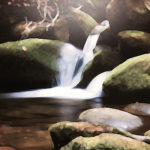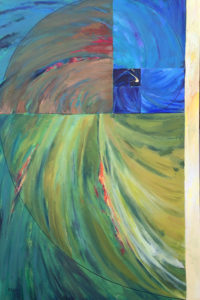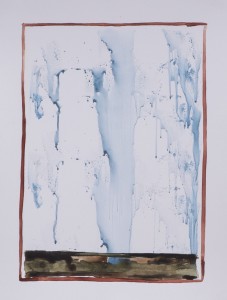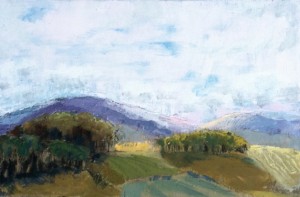One evening late, near Canada this month, I was walking outside and looked up.
It was startling!
Above me was a tableau sparkling with wonderment. I remember as a child pondering the patterns in the wilderness skies. I had no concrete belief in God then, at least I didn’t until I started looking up.
I remember not too long ago having a probing conversation with a young Navy man. I asked him “have you ever looked up and just wondered about all those star clusters . . ?” The young man looked at me and said, “Ma’am, we can’t see the stars in the ghetto.” I was stopped short. He returned my silence with sadness. He knew he’d stopped my wonder. Poverty is not just material.
When the vacuous haze of our own artificial light is dimmed however, when we can get away to where the simple sky is visible we have opportunity to see so much more. It hangs there for free. It has no boundaries of nation or class. In all the other centuries of history the brilliance was so much more accessible. There are star names from ancient Persian, Chinese, Greek, Coptic, Arabic, Ethiopian, Hebrew and Chaldean observers who studied and followed the patterns.
I so wanted to photograph the night sky this time. I emailed a friend to find out if there could be a way to catch a record with my simple camera. No, she said, “you will just have to burn the sight onto your retina, and then paint it for us!” So I did, I burned it into my memory and in some way, I want to translate it.
The real display is still there. Find some way to look up.


 What I am posting today image-wise is a little embarrassing. I did this in 2002. It is a rather large piece: 3’x2′, laid down originally with acrylic. I was ambitiously hoping to put into imagery what I see happening in this collection of Psalms, but critiquing my own attempt, this is brash looking, really uninteresting visually, too direct. For these reasons and others this piece sat hidden behind much else for the last 13 years.
What I am posting today image-wise is a little embarrassing. I did this in 2002. It is a rather large piece: 3’x2′, laid down originally with acrylic. I was ambitiously hoping to put into imagery what I see happening in this collection of Psalms, but critiquing my own attempt, this is brash looking, really uninteresting visually, too direct. For these reasons and others this piece sat hidden behind much else for the last 13 years. The first image, that of evil, called Abaddon, is dominant and encroaching, seemingly boundless and fearful. The second image is much quieter, gentle but life-giving, boundaried but free. It penetrates the ground rather than taking it over. And it is rimmed by this mysteriously fragile red enclosure. When I made this second image it was after studying some illuminated manuscripts from a book a friend had given me. The first image, as I wrote earlier, took over when I made it, surprised me, troubled me. But it seemed necessary to consider. This second image was planned more carefully, but its making also involved some serendipity. I used a brayer to lay down the veils of blue watercolor, loving the delicate surprise in the markings that resulted, and that were still “in character” with the quiet beauty of good.
The first image, that of evil, called Abaddon, is dominant and encroaching, seemingly boundless and fearful. The second image is much quieter, gentle but life-giving, boundaried but free. It penetrates the ground rather than taking it over. And it is rimmed by this mysteriously fragile red enclosure. When I made this second image it was after studying some illuminated manuscripts from a book a friend had given me. The first image, as I wrote earlier, took over when I made it, surprised me, troubled me. But it seemed necessary to consider. This second image was planned more carefully, but its making also involved some serendipity. I used a brayer to lay down the veils of blue watercolor, loving the delicate surprise in the markings that resulted, and that were still “in character” with the quiet beauty of good. I have been enchanted by the big overlook for a long, long time; am coming to see reasons why in ways that are deeply satisfying and spiritually stretching. I remember a lecture I heard over 40 years ago about the Hebrew prophet Isaiah. He was a visionary who was given vistas to verbalize that were greater than he felt he could capture. He was a big picture guy. His words skip over the peaks of time, they run ahead, then linger back with comfort, and other times with terrible disruption. Time conflates in Isaiah’s visions. Assurances are way, way beyond him but he sees it! He scribes what he is given with his own unique voice.
I have been enchanted by the big overlook for a long, long time; am coming to see reasons why in ways that are deeply satisfying and spiritually stretching. I remember a lecture I heard over 40 years ago about the Hebrew prophet Isaiah. He was a visionary who was given vistas to verbalize that were greater than he felt he could capture. He was a big picture guy. His words skip over the peaks of time, they run ahead, then linger back with comfort, and other times with terrible disruption. Time conflates in Isaiah’s visions. Assurances are way, way beyond him but he sees it! He scribes what he is given with his own unique voice.